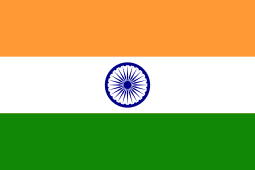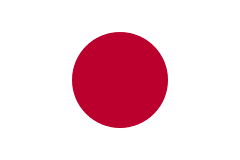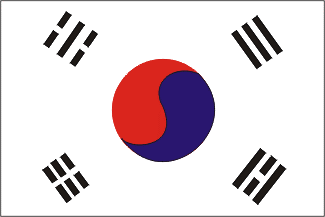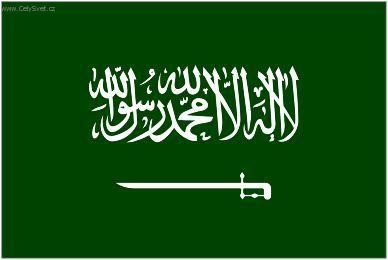
Australia
Australia invested 90% of its bilateral and regional aid in Indo-Pacific region for promoting prosperity, reducing poverty, and enhancing stability in the world. Australia had included Nepal in its development cooperation program in 1979.
Bilateral Relations
Nepal and Australia established diplomatic relations on 15 February 1960. Australia opened its residential Embassy in Kathmandu at the level of Chargé d’Affaires in 1984, which was subsequently upgraded to the Ambassadorial Level in 1986.
Nepal established its residential Embassy in Canberra in March 2007 which was formally inaugurated in September 2007. In addition, Nepal also has Honorary Consulates General/Consulates in Brisbane, Melbourne, Sydney, Perth and Adelaide.
On 20 May 2003, the Governments of Nepal (GoN) and Australia concluded a Memorandum of Understanding (MoU) on Development Cooperation. Australia maintains its Australian Embassy in Bansbari, Kathmandu. HE Felicity Volk is the Ambassador to Nepal at present (November 2021).
Development Cooperation
In 2020 Nepal and Australia celebrated 60 years of diplomatic relationship based on long standing history and cordial support although Australia had included Nepal in its development cooperation program in 1979.
At that historical time, Nepal received assistance from Australia in areas of forestry, livestock development and manpower training. The MoU agreed in May 2003 between the GoN and the Government of Australia (GoA) provides strong grounds for cooperation in development programs in line with Nepal’s goals of economic development.
Australia also supports the World Bank-managed multi-donor trust fund designed to strengthen the Government of Nepal’s public financial management institutions.
The Australian Volunteer Program is currently comprised of the Australian Volunteers for International Development (AVID). Volunteers work with local people to share knowledge and develop sustainable skills. Australia Awards both long-term scholarships and short courses in line with Nepal’s development priorities.
Australian Major Support to Nepal by Sector
The top five sectors of Australian support to Nepal during the last five-year period are:
- Policy and strategic,
- Health,
- Drinking water,
- Education,
- Livelihoods, etc.
Policy and strategic areas have got the highest level of support during the fiscal year 2020/21. Likewise, education and health sectors have got important level of support throughout the five-year period.
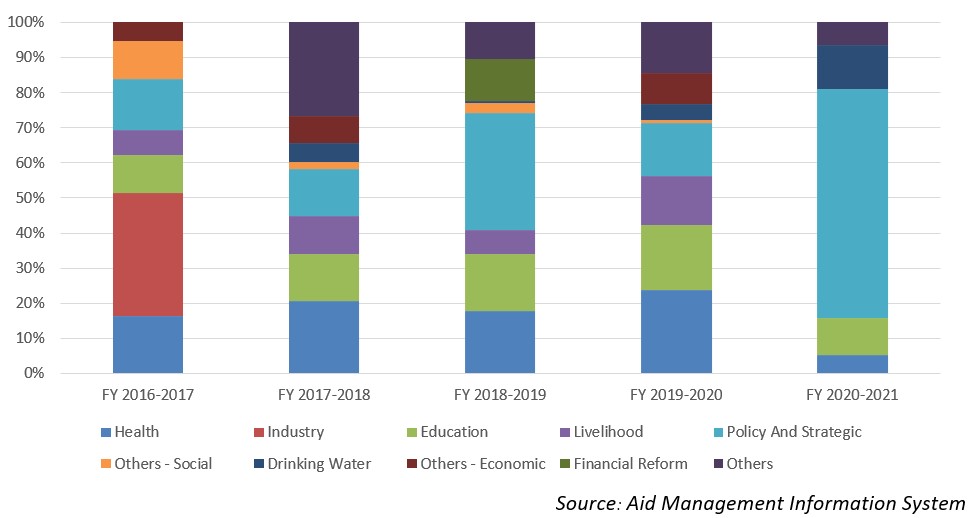
Australian Disbursement to Nepal during FYs 2016/17-2020/21 (in US$)
Over the last five-year period starting from FY 2016/17 to 2020/21, the Australian government has agreed to provide more than US$ 75.75 million. Similarly, it has disbursed US $ 73.55 million of ODA to Nepal in this period. However, there is not direct relationship between the year and the agreement amount the disbursement amount.
The table below reveals that the highest level of agreement and disbursement took place in fiscal year 2017/18. The lowest level of disbursement was made in fiscal year 2019/20, of an amount of US $ 14 million.
|
Fiscal Year |
Agreement Amount |
Disbursement |
|
2016/17 |
11,657,170 |
18,559,851 |
|
2017/18 |
23,633,379 |
20,884,676 |
|
2018/19 |
20,503,863 |
15,000,392 |
|
2019/20 |
13,659,270 |
13,975,955 |
|
2020/21 |
6,294,363 |
5,137,227 |
Source: Aid Management Information System
Note: The Agreement Amount is not comparable with disbursement because disbursement here accounts for disbursement of each fiscal year only, whereas Agreement Amount refers to the project cost over the period (not only for single fiscal year but also beyond).
Coincidently, the lowest level of Australian aid commitment was supported by the lowest level of disbursement in fiscal year 2020/21. The average annual Australian disbursment comes to US $ 14.7 million over the five year period.
Development Cooperation Strategy
On 20 May 2003, the Governments of Nepal (GoN) and Australia concluded a Memorandum of Understanding (MoU) on Development Cooperation. Australia is committed to strengthening governance and enhancing emergency preparedness, with a focus on supporting local communities and those most vulnerable. Australian development programs in Nepal are focused on 3 pillars: health security, stability and economic recovery.
Updated
Social Sector/ IECCD
January 2022




